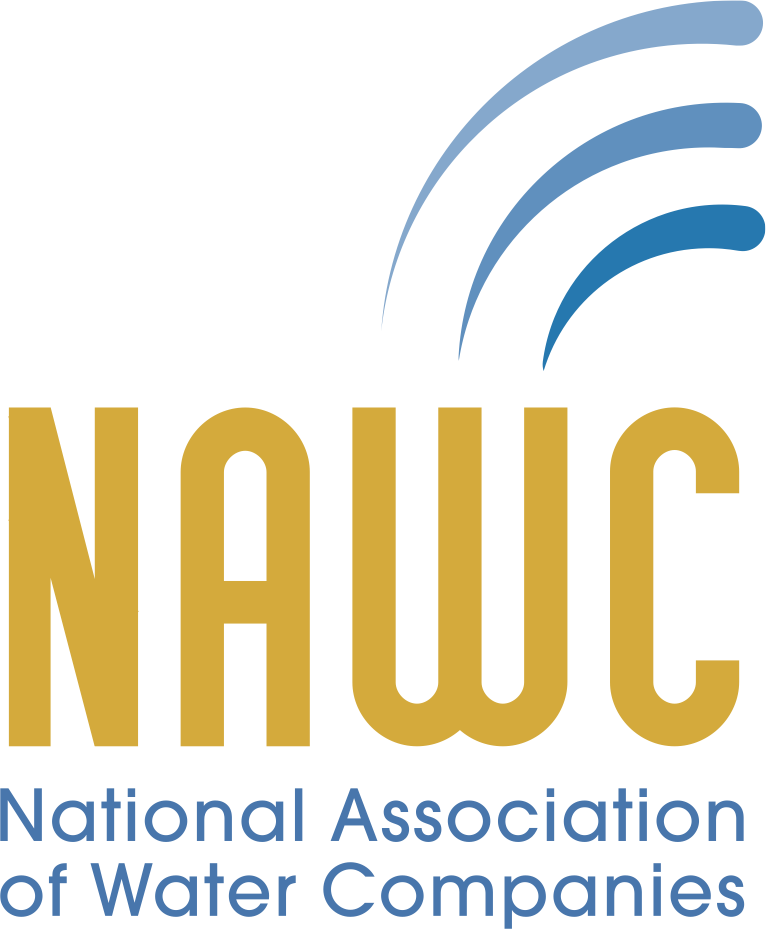The Bipartisan Policy Center’s Executive Council on Infrastructure invites you to join the Coalition to Modernize American Infrastructure” to set a united foundation for the 2017 infrastructure debate.
The council, formed in May 2015, recognizes that investing in the nation’s infrastructure is critical to keeping economic growth strong. The backlog of investment needs continues to grow, with $3.3 trillion required through 2025. No one sector, public or private, can solve the problem of degrading infrastructure alone.
As advocates, experts, and business leaders, we are a diverse coalition that are united by a shared vision. Together, we can make a transformative impact on our nation’s infrastructure, create millions of jobs, maintain the health, safety, and security of our communities, and put our nation on track for decades of greater prosperity.
Coalition Steering Committee
Coalition Members
Join the Coalition to Modernize American Infrastructure that is built on the following core principles:
Infrastructure – including transportation, energy, broadband, water and wastewater, – must be a national priority in order to ensure future economic prosperity. Many of our systems for building and maintaining transportation, energy, water and wastewater infrastructure are in crisis, and there is a growing desire among the American people for our leaders to move beyond the status quo. While the nation’s broadband infrastructure is world-class, more could be done in rural areas not yet served by high-speed networks. This country needs the new administration and Congress to work together to ensure that our nation’s infrastructure supports the health and safety of Americans and provides our communities a foundation for future economic prosperity. Robust, reliable, long-term federal funding is essential. Federal infrastructure programs such as the Highway Trust Fund and the revolving loan funds for water are underfunded and unable to meet current demands. Critical needs are going unaddressed with regard to transportation, energy, and water, undermining economic growth and public safety. With $3 trillion needed for this infrastructure over the next decade, states, cities, counties and other public and private providers of these critical services must continue their important role, and the federal commitment to infrastructure must be restored. Further, with respect to broadband, federal decision-makers should continue to work in partnership with the private sector and states to foster infrastructure deployment in remaining unserved areas. The U.S. should unleash the resources of the private sector as partners in addressing our infrastructure needs. By encouraging public-private partnerships (P3s) and expanding financing programs, the U.S. can increase efficiency, maximize public value, and attract additional capital that can be deployed to meet our urgent transportation, energy, and water needs. Removing barriers and providing incentives for P3s will allow public agencies to share the long-term costs and risks of infrastructure projects as well as benefit from private sector expertise and innovation. Regarding financing, the U.S. has a vibrant tax-exempt debt market that has financed trillions of dollars of infrastructure projects. Complementing this successful model with an expanded set of financing programs – such as private activity and direct payment bonds and tax credits – would ensure that all sources of private capital can be engaged. The U.S. should adopt policies to deliver modern infrastructure more quickly and at less cost. By expediting permitting, modernizing procurement practices, promoting innovation, and committing to project analysis that focuses on long-term risk management, the federal government can extract greater value out of limited funds and support the delivery of higher quality, longer lasting infrastructure. Government, industry, and labor must work together to implement these changes while also promoting employment standards that increase both job quality and access and ensure that we are leveraging infrastructure investments to utilize the safest, most skilled, and most productive workforce in the world.
To join us in this effort, please fill out the form above.






















